The Kitchen Hood Market is characterized by a dense competitive landscape, driven by an increasing focus on home aesthetics, improved kitchen ventilation, and innovations in technology. As consumers become more health-conscious and seek better indoor air quality, kitchen hoods have evolved from mere functional appliances to essential components of modern kitchen design.
Companies within this market are continuously striving to differentiate themselves through unique designs, enhanced functionalities, and energy-efficient models. With rapid technological advancements, such as smart kitchen integration and advanced filtration systems, the market is witnessing a shift toward high-performance and eco-friendly kitchen hood solutions.
The competition is further intensified by the presence of numerous established and emerging players, each vying for greater market share while responding to diverse consumer preferences and regional demands.
Faber has established a formidable presence in the Kitchen Hood Market by consistently delivering innovative and aesthetically pleasing products. Their strength lies in their commitment to quality, with a focus on high-performance ventilation solutions that combine functionality with elegant design.
Faber's extensive portfolio caters to a wide range of consumer needs, offering various styles and sizes to fit diverse kitchen layouts. Furthermore, their utilization of advanced technology, such as energy-efficient motors and enhanced noise reduction features, sets them apart from competitors.
The brand's dedication to sustainability and environmentally friendly practices resonates well with modern consumers, further solidifying its position in the market. By continuously investing in research and development, Faber ensures that it remains at the forefront of kitchen hood innovation, adapting to changing trends and consumer demands.
Bertazzoni has carved out a significant niche in the Kitchen Hood Market by marrying traditional craftsmanship with modern design principles. The company is renowned for its luxurious and high-performance kitchen appliances, including a range of kitchen hoods that emphasize both style and functionality.
Bertazzoni's strengths lie in its rich heritage of Italian design, which is reflected in its product aesthetics that seamlessly integrate with upscale kitchen environments. Their kitchen hoods are not only built with powerful ventilation capabilities but are also tailored for energy efficiency, meeting the rising demand for sustainable home appliances.
The brand's commitment to delivering exceptional cooking experiences positions it as a compelling choice among consumers looking for premium kitchen solutions. As they continue to innovate their product offerings while maintaining their design excellence, Bertazzoni remains a prominent player in a competitive market landscape, appealing to discerning homeowners and culinary enthusiasts alike.


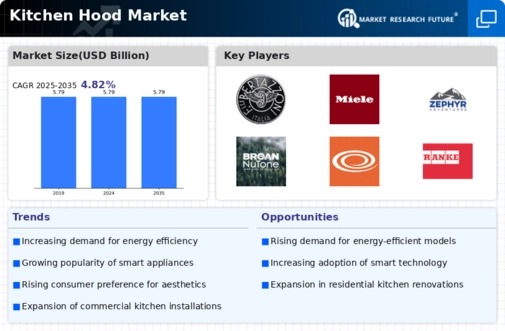
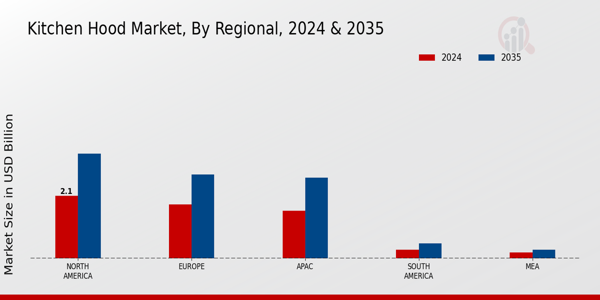

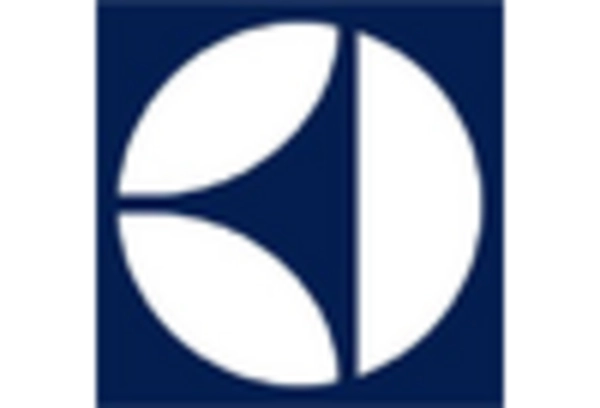

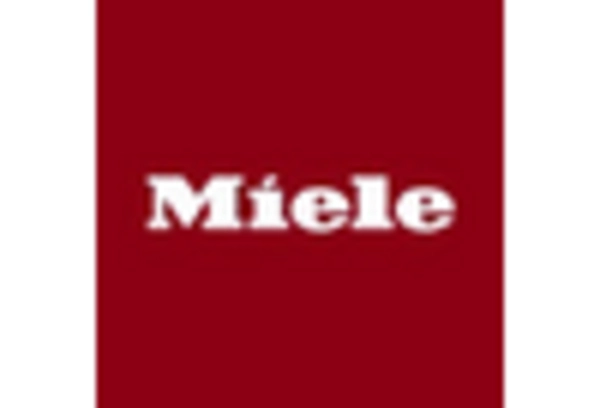

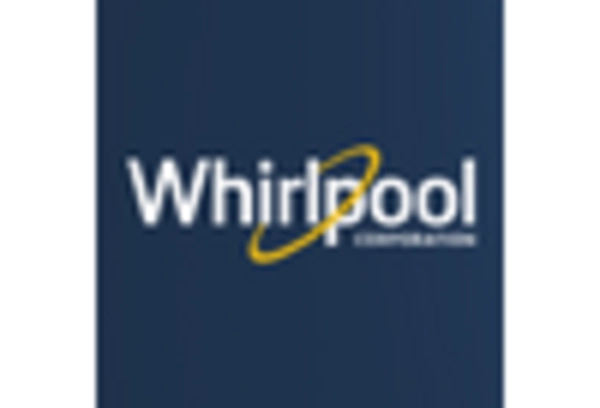








Leave a Comment